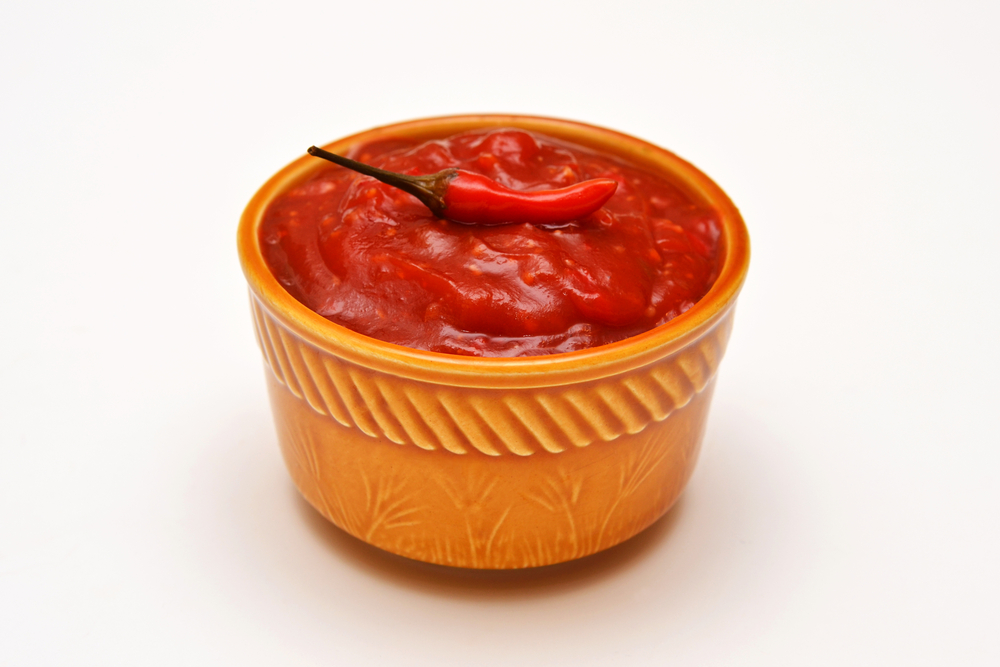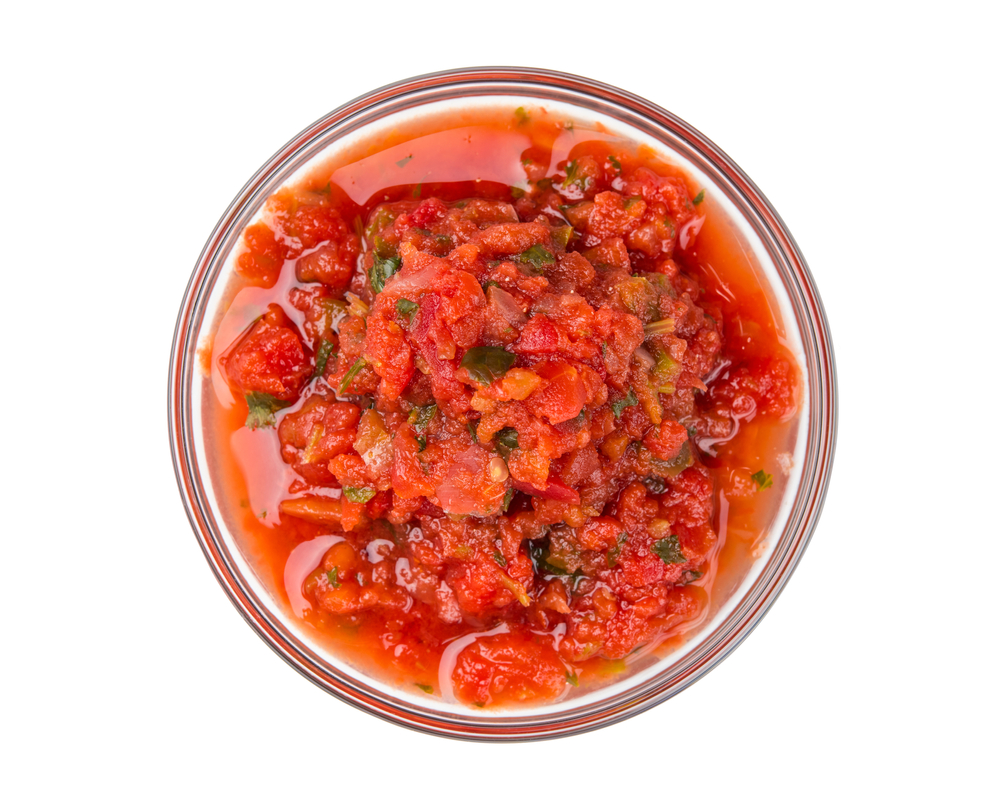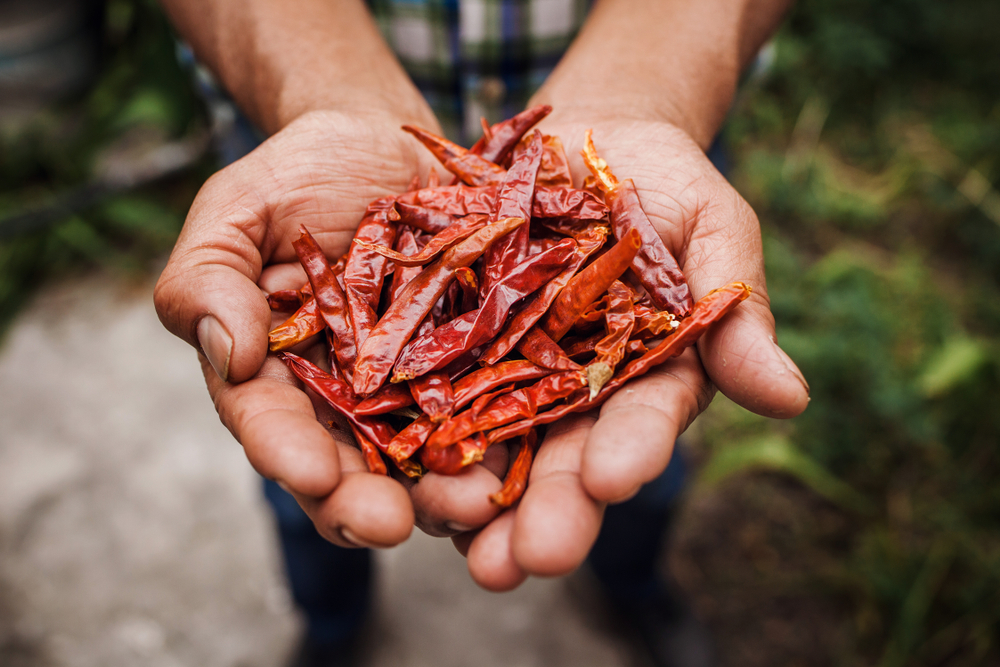Cilantro is a popular herb used in many global cuisines. It is often added to dishes to provide a unique flavor and aroma. However, the taste of cilantro can be divisive, with some people loving it and others finding it revolting. So, what does cilantro taste like?
Cilantro has a citrusy and fresh taste, which makes it a great addition to Mexican dishes like guacamole, salsa, and tacos. It is also used to enhance the flavor of soups, sandwiches, chili, rice, and roasted vegetables.
However, some people describe the taste of cilantro as soapy or like dead bugs, which can be attributed to genetic differences in taste perception.
Key Takeaways
- Cilantro has a unique citrusy and fresh flavor that is commonly used in Mexican cuisine and other global dishes.
- The taste of cilantro can be divisive, with some people finding it soapy or unpleasant due to genetic differences in taste perception.
- Cilantro can be used to enhance the flavor of a variety of dishes, and there are substitutes available for those who do not enjoy its taste.
Understanding Cilantro
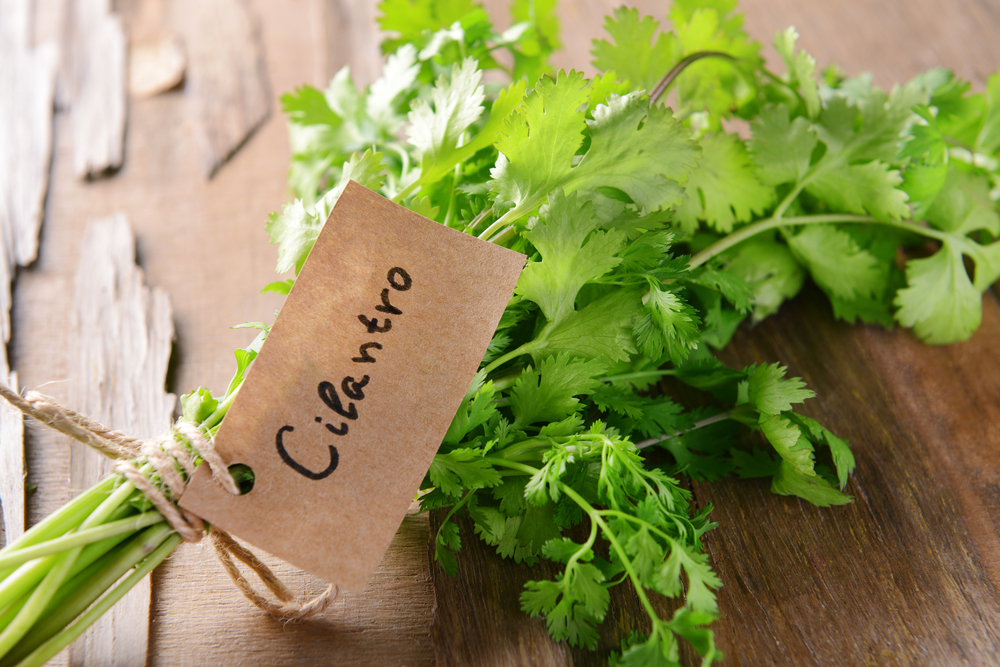
Cilantro is a popular herb that is known for its unique taste and aroma. It is a member of the parsley family and is often used in Mexican, Indian, and Thai cuisine.
Cilantro is also sometimes referred to as coriander, which is the name of the plant that produces the seeds that are commonly used as a spice.
Cilantro has a fresh and citrusy taste that is often compared to parsley. However, some people find that cilantro tastes soapy or metallic. This is because of a genetic predisposition that causes them to perceive certain chemical compounds in cilantro differently.
Despite its polarizing taste, cilantro is a versatile herb that can be used in a variety of dishes. It is often used as a garnish for soups, salads, and tacos. It can also be used to add flavor to marinades, sauces, and dressings.
In addition to its culinary uses, cilantro is also known for its medicinal properties. It has been used for centuries in traditional medicine to treat a variety of ailments, including digestive issues and anxiety.
Overall, cilantro is a flavorful and aromatic herb that is a staple in many cuisines around the world. Whether you love it or hate it, there is no denying that cilantro is a unique and versatile herb that is worth exploring.
Taste Profile of Cilantro
Cilantro is a herb that is widely used in various cuisines around the world, particularly in Mexican, Indian, and Southeast Asian dishes. The taste of cilantro can be described as herbaceous and slightly pungent, with a refreshing citrusy flavor.
However, there is a genetic variation that affects how certain individuals perceive the taste of cilantro, and some people may find it soapy or unpleasant.
The flavor of cilantro is primarily due to the presence of aldehydes, which are responsible for its distinctive aroma and taste.
These aldehydes give cilantro its fresh, citrusy flavor, with a hint of peppery spiciness. The herb also contains a small amount of essential oils, which contribute to its complex flavor profile.
Despite its popularity in many cuisines, cilantro is a polarizing herb, and some people find its taste overpowering.
This may be due to a genetic trait that affects how certain individuals perceive the taste of cilantro. For these people, cilantro may taste soapy or metallic, which can make it difficult to enjoy dishes that contain the herb.
In general, cilantro is best used in moderation, as its flavor can easily overpower other ingredients in a dish. It is often used as a garnish to add a fresh, citrusy flavor to dishes such as guacamole, salsa, and tacos.
Cilantro can also be used in soups, stews, and curries to add a bright, herbaceous flavor. Overall, the taste profile of cilantro is complex and versatile, making it a popular ingredient in many different cuisines around the world.
Genetic Influence on Cilantro Taste
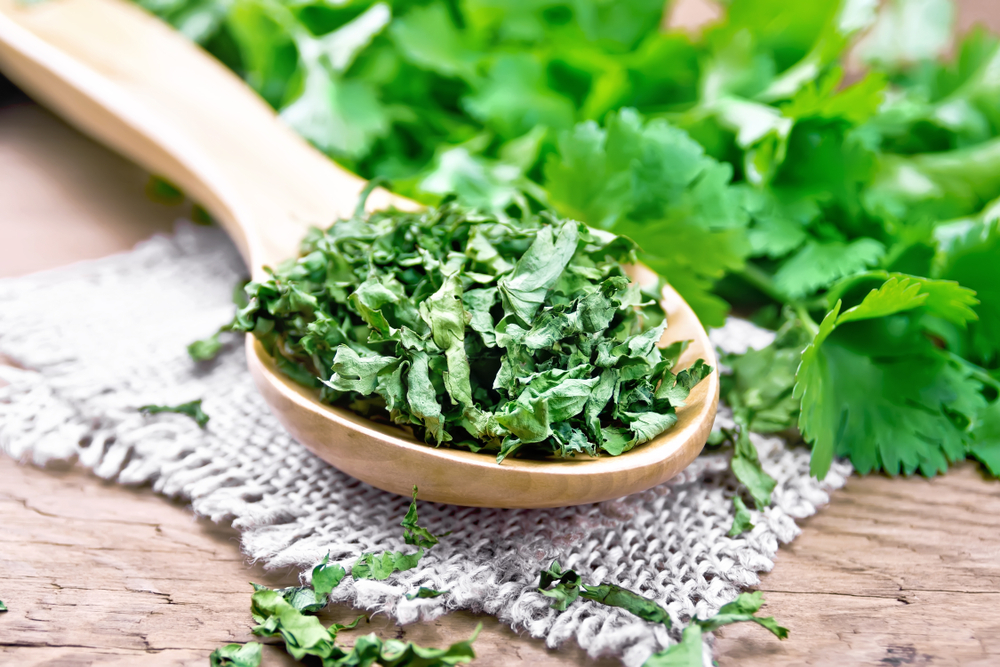
Cilantro, also known as coriander, is a herb that is widely used in many cuisines around the world. However, it can be polarizing, with some people loving it and others claiming that it tastes or smells foul, often like soap or dirt.
This difference in perception of cilantro taste has been attributed to genetic variation.
Some genetic markers have been associated with higher odds of disliking cilantro. For instance, a 2012 study identified the gene OR6A2 as a possibility, which binds to several molecules that give cilantro its signature scent, called aldehydes.
However, it is important to note that genetics is only part of the picture, and exposure to cilantro and cultural factors may also play a role in determining an individual’s preference.
Overall, just 13% of 23andMe consented research participants think cilantro tastes “soapy,” suggesting that genetic aversion to cilantro is not as widespread as previously thought.
Nevertheless, the perception of cilantro taste can vary widely among individuals, and genetic factors may contribute to this variation.
Cilantro in Global Cuisines
Cilantro is a popular herb used in various global cuisines. It is often used in Mexican cuisine, where it is added to salsas, guacamole, and other dishes. In Asian cuisine, cilantro is used in soups, curries, and stir-fries. It is also widely used in Middle Eastern and Indian cuisines.
In Mexican cuisine, cilantro is often paired with lime and used to add a fresh, citrusy flavor to salsas and guacamole. It is also used as a topping for tacos, burritos, and other Mexican dishes.
In Asian cuisine, cilantro is often used in soups and curries. In East Asian cuisines, such as Chinese and Vietnamese, cilantro is used in stir-fries and noodle dishes. In Indian cuisine, cilantro is used in chutneys, curries, and biryanis.
Cilantro is also a common ingredient in Middle Eastern cuisine, where it is used in salads, dips, and meat dishes. It is often paired with mint to add a fresh, herbaceous flavor.
Overall, cilantro is a versatile herb that adds a unique flavor to a variety of global cuisines. Its fresh, citrusy flavor pairs well with a wide range of ingredients and spices, making it a popular choice for many chefs and home cooks alike.
Cilantro in Cooking
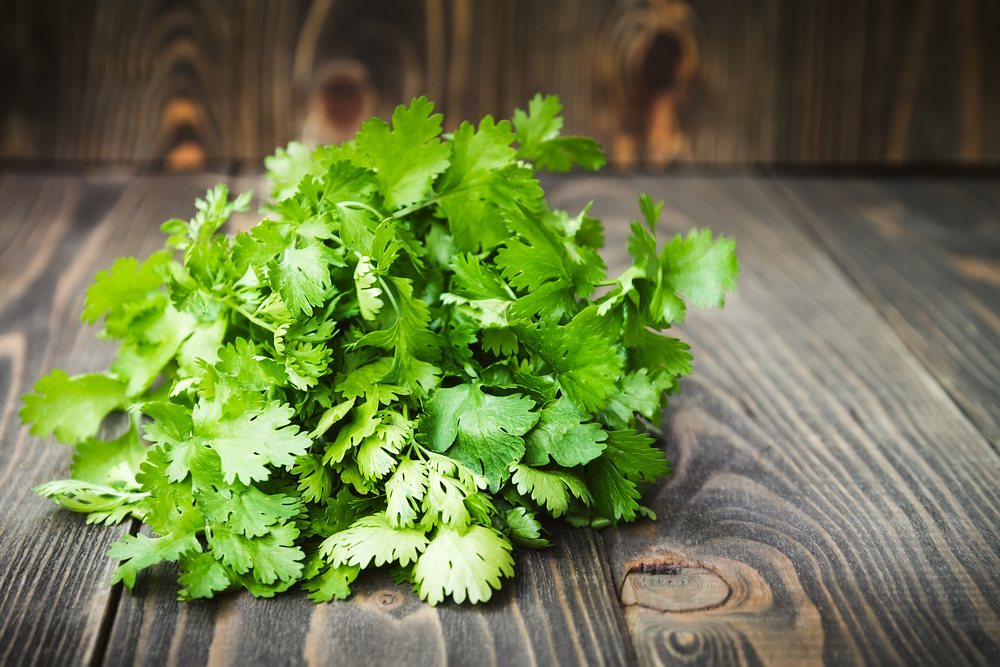
Cilantro is a versatile herb that can be used in a variety of dishes, both as a garnish and as a flavoring agent. It has a unique taste that is often described as fresh and citrusy, with hints of lemon and spice.
However, some people may find that cilantro tastes soapy or unpleasant due to their genetic predisposition to aldehydes.
Cilantro is commonly used in Mexican, Thai, and Indian cuisine, where it is added to dishes like guacamole, salsa, tacos, and curries. It pairs well with a wide range of ingredients, including tomatoes, seafood, rice, and peppers.
When cooking with cilantro, it is important to use it in moderation, as its flavor can easily overpower other ingredients. Fresh cilantro is best used as a garnish or added at the end of cooking, while dried cilantro can be used as a subtle flavoring agent in sauces, dressings, and dips.
Here are some ways to use cilantro in cooking:
- Add fresh cilantro to soups and stews for a burst of flavor and aroma.
- Make a cilantro pesto by blending fresh cilantro with garlic, lemon juice, and olive oil. Use it as a sauce for pasta or as a marinade for chicken or fish.
- Mix chopped cilantro with diced tomatoes, onions, and jalapenos for a simple salsa that pairs well with tortilla chips or tacos.
- Use cilantro to add freshness to salads and dressings. Combine it with lime juice, honey, and mayonnaise for a creamy cilantro dressing.
- Make a cilantro chutney by blending fresh cilantro with ginger, garlic, and green chilies. Use it as a condiment for Indian dishes like samosas or pakoras.
- Use cilantro to add flavor to rice dishes. Add chopped cilantro to cooked rice along with cumin and other spices for a fragrant and flavorful side dish.
- Use cilantro to flavor dips like hummus or guacamole. Mix it with avocado, lime juice, and garlic for a delicious and healthy dip.
Overall, cilantro is a versatile herb that can add a fresh and flavorful touch to a wide range of dishes. Whether you are making Mexican, Thai, or Indian cuisine, cilantro is a great ingredient to have on hand for adding flavor and aroma to your cooked dishes.
Substitutes for Cilantro
While cilantro is a popular herb used in many dishes, some people dislike its taste and find it overpowering. Fortunately, there are several substitutes for cilantro that can be used to add a similar flavor profile to your dishes.
One of the best substitutes for cilantro is parsley. Italian parsley, in particular, resembles cilantro and can serve as a good substitute.
However, using parsley will add a bit more bitterness to your meal, which can be compensated for by adding honey or sugar. It’s important to distinguish between parsley and cilantro at the store, as they look similar.
Another substitute for cilantro is coriander, which is actually the seed of the cilantro plant. Coriander has a similar flavor profile to cilantro, but it is milder and less pungent. It can be used as a substitute in many dishes, particularly those that require ground cilantro.
Culantro, also known as Mexican coriander, is another substitute for cilantro. It has a similar flavor profile to cilantro, but it is stronger and more pungent. It is commonly used in Caribbean and Latin American cuisine.
Dill is another herb that can be used as a substitute for cilantro. While it has a slightly different flavor profile, it can add a similar freshness to dishes. It is particularly well-suited to dishes with fish or vegetables.
In summary, there are several substitutes for cilantro that can be used to add a similar flavor profile to your dishes. Parsley, coriander, culantro, and dill are all good options, depending on the dish you are making.
Storing and Preserving Cilantro
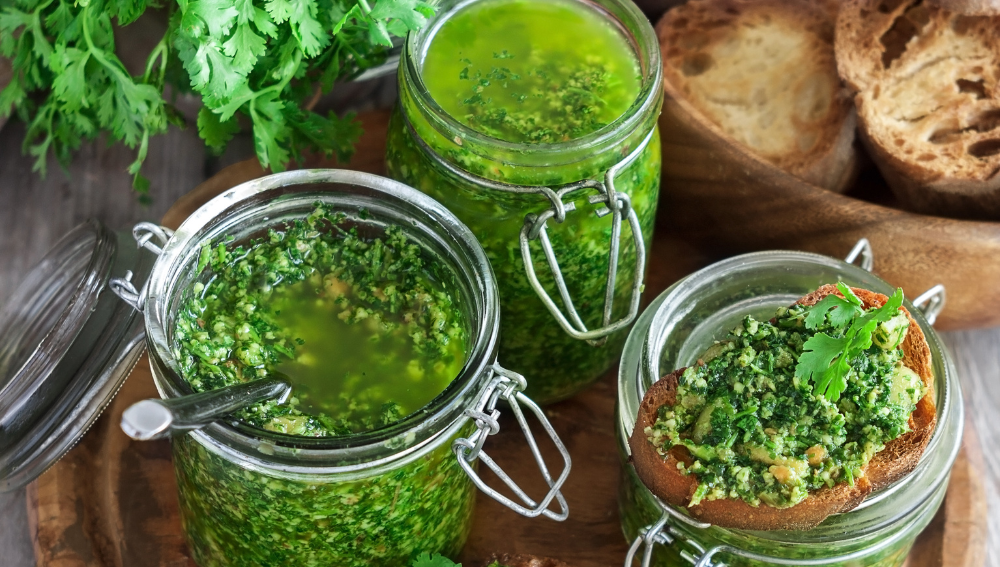
Cilantro is a delicate herb that can wilt quickly if not stored properly. Here are some tips to help you store and preserve cilantro so it lasts as long as possible:
- Storage: To store cilantro in the refrigerator, rinse it under cold water and shake off the excess moisture. Wrap the cilantro in a damp paper towel and place it in a plastic bag or container. The damp paper towel will help keep the cilantro hydrated and fresh. Cilantro can last up to two weeks in the refrigerator using this method.
- Freezing: Freezing cilantro is a great way to preserve it for use later. To freeze cilantro, rinse it under cold water and pat it dry with a paper towel. Then, chop the cilantro finely and place it in an ice cube tray. Fill each cube with water or oil and freeze until solid. Once frozen, transfer the cilantro cubes to a plastic bag or container and store in the freezer for up to six months.
- Blanching: Blanching cilantro is another way to preserve it for later use. To blanch cilantro, bring a pot of water to a boil and prepare a bowl of ice water. Drop the cilantro into the boiling water for 10-15 seconds, then remove it and immediately transfer it to the ice water to stop the cooking process. Once the cilantro is cool, pat it dry with a paper towel and store it in a plastic bag or container in the refrigerator for up to a week.
By following these tips, you can ensure that your cilantro stays fresh and flavorful for longer periods of time.
Health Benefits of Cilantro
Cilantro is not only a flavorful herb but also a nutrient-dense plant with several health benefits. Here are some of the health benefits of cilantro:
Rich in Vitamins and Minerals
Cilantro is a good source of vitamins A, C, and K, as well as minerals such as potassium, calcium, and magnesium. These nutrients play a crucial role in maintaining overall health, including bone health, immune function, and heart health.
Antioxidant and Anti-inflammatory Properties
Cilantro contains antioxidants that help protect cells from damage caused by free radicals. It also has anti-inflammatory properties that may help reduce inflammation in the body, which is believed to contribute to several chronic diseases.
May Help Regulate Blood Sugar Levels
Cilantro may help regulate blood sugar levels by increasing insulin secretion and improving glucose uptake in the cells. This effect is believed to be due to the presence of certain compounds in cilantro that mimic the action of insulin.
May Help Lower Blood Pressure
Cilantro may help lower blood pressure by relaxing blood vessels and improving blood flow. This effect is believed to be due to the presence of nitrates in cilantro, which are converted into nitric oxide in the body, a compound that helps dilate blood vessels.
May Have Anti-cancer Properties
Cilantro contains compounds that may have anti-cancer properties by inhibiting the growth and spread of cancer cells. However, more research is needed to confirm these findings.
May Help Improve Digestion and Reduce Bloating
Cilantro may help improve digestion and reduce bloating by increasing the production of digestive enzymes and reducing inflammation in the gut.
Overall, cilantro is a versatile herb that not only adds flavor to dishes but also provides several health benefits. Incorporating cilantro into your diet may help improve overall health and well-being.
Frequently Asked Questions
Does cilantro taste different to everyone?
Yes, cilantro can taste different to everyone. Some people describe it as fresh and citrusy while others find it to be soapy and unpleasant. This difference in taste perception is due to genetics.
What are the flavor profiles of cilantro?
Cilantro has a bright and citrusy flavor with a slightly bitter and pungent edge. It is often described as having a fresh and herbaceous taste with a hint of sweetness.
What are some common substitutes for cilantro?
Some common substitutes for cilantro include parsley, basil, and mint. These herbs have a similar flavor profile to cilantro and can be used in many of the same dishes.
Is there a genetic component to disliking cilantro?
Yes, there is a genetic component to disliking cilantro. Some people have a variation of a gene that makes them more sensitive to the aldehyde chemicals in cilantro, which can make it taste like soap.
Can cilantro taste like soap?
Yes, for some people, cilantro can taste like soap. This is due to a genetic variation that makes them more sensitive to the aldehyde chemicals in cilantro.
What are the differences between cilantro and coriander?
Cilantro refers to the leaves of the coriander plant, while coriander refers to the seeds. The leaves have a bright and citrusy flavor, while the seeds have a warm and earthy taste. Coriander seeds are often used as a spice in cooking.


